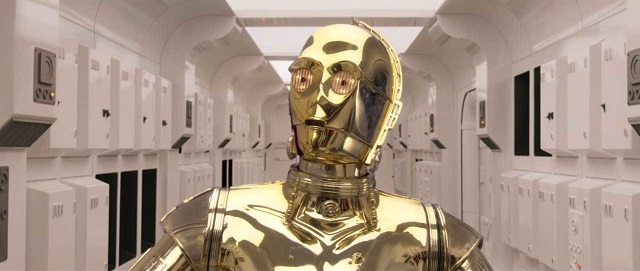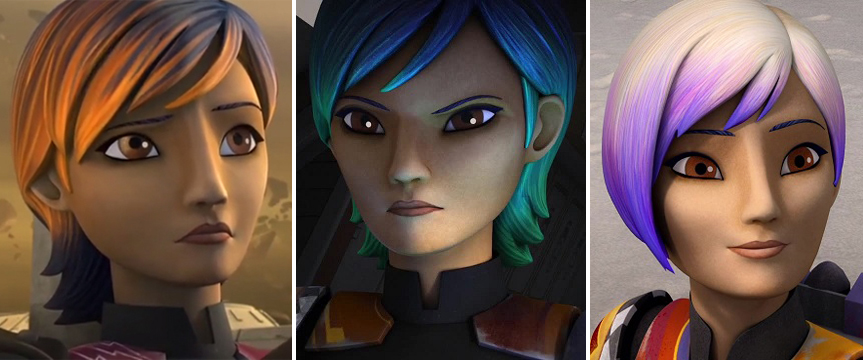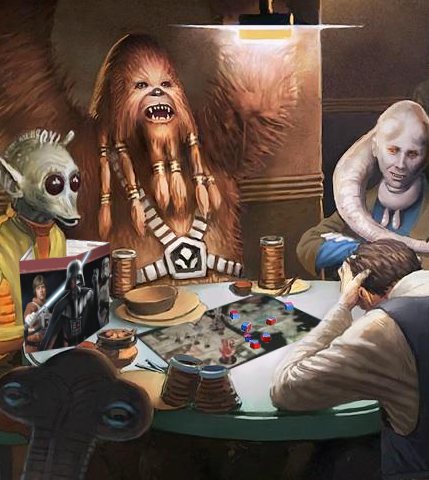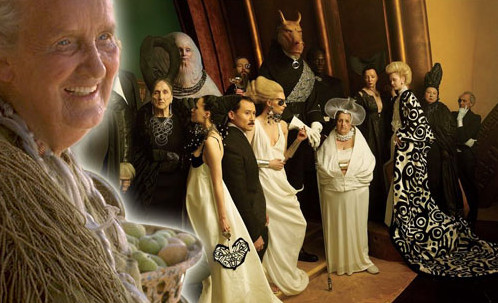
Mike: Recently we ran a fascinating guest piece by Eric Farr that unpacked the suggestion in Solo of a sexual relationship between Lando and L3-37—or at the very least, Elthree’s claim that such a thing is possible. The extent to which any given droid in the Galaxy Far, Far Away is truly conscious and self-aware has always been a little muddled, so the notion of droids consenting to sexual activity (as opposed to simply being programmed for it) is pretty complicated ground for Star Wars to be covering, and any conclusions are bound to be highly debatable.
And debate we did: as with many great pieces, a very interesting conversation unfolded in the comments over the following couple weeks between myself, Eric, and two other ETE regulars, Vincent Cagliuso and John Maurer. The discussion backed up a bit from Eric’s original topic and looked more broadly at whether droid rights are something that should be addressed at all, or if to do so would only unravel the basic premise of the universe—many of our heroes own droids, after all.
At one point Vincent posed a simple question that stuck out to me as a perfect encapsulation of the problem—particularly because it wasn’t about Elthree. There’s a lot going on with her that can be debated in and of itself regardless of how one feels about droid rights as a concept, so I thought I’d pose his question to the rest of the staff as a means of getting at the core issue and avoiding the need to rehash our feelings about Solo specifically.
So here’s the question, guys: Padmé Amidala owns a protocol droid. Said droid is absolutely drowning in personality; if any droid is self-aware, it’s this one. Upon Padmé’s death, Bail Organa takes possession of this droid, decides it knows too much, and promptly gives it a mindwipe. Is Bail Organa, hero of the Rebellion and beloved father of Princess Leia, a monster? Read More




